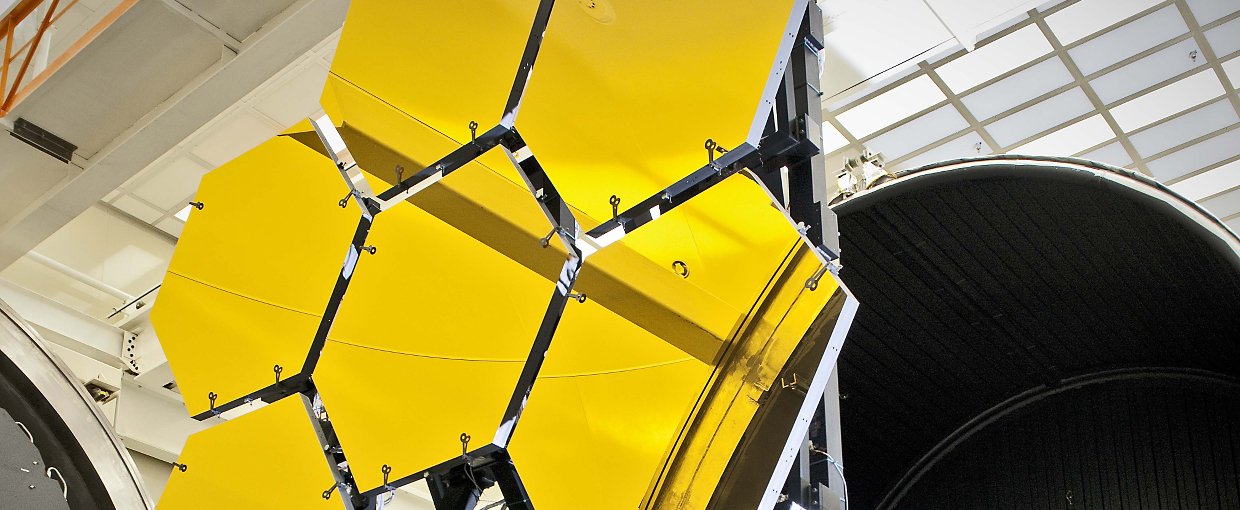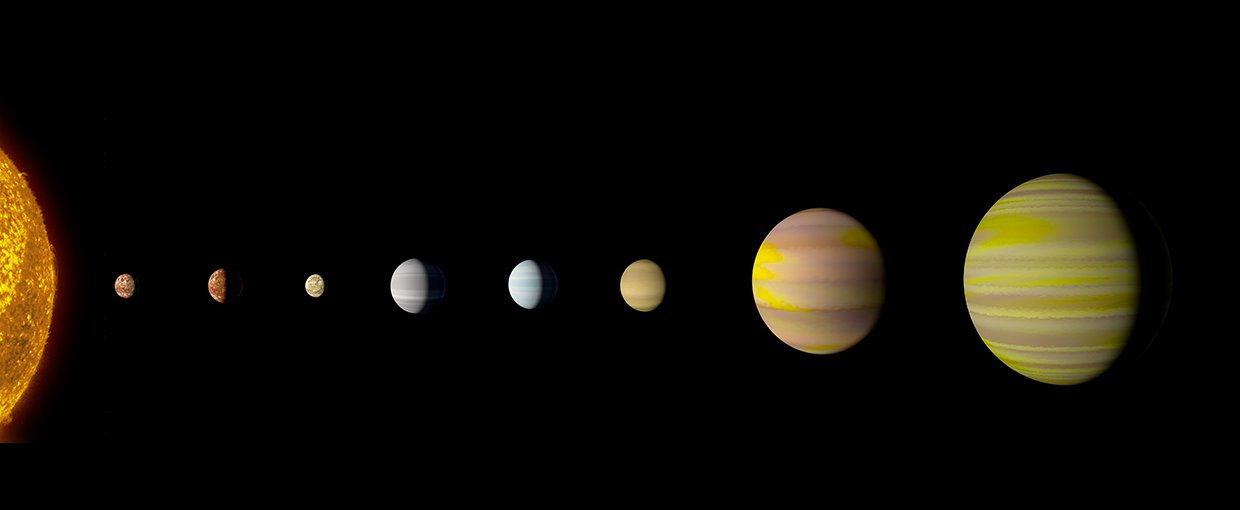
The National Academy of Sciences Engineering and Medicine (NAS) has released the Exoplanet Science Strategy. This strategy document was developed in preparation, and as input, for the upcoming decadal surveys in astronomy and astrophysics and planetary science.
The Exoplanet Strategy is available as a book from the National Academy of Science Engineering and Medicine at:
http://sites.nationalacademies.org/SSB/CurrentProjects/SSB_180659.
The entire book and individual chapters can be downloaded as pdfs. A hard copy of the book is also available from the NAS for purchase.
Over 18 months an ad hoc committee appointed by the NAS has been preparing the Exoplanet Science Strategy. Information was gathered through Community White Papers submitted between January 22, 2018 thru March 9, 2018. The submitted papers are available to view through the NAS.

An artist’s impression of a habitable exoplanet.Image credit: NASA Ames/SETI Institute/JPL–Caltech.
The purpose of the Exoplanet Science Strategy is to survey the status of the field in exoplanet research, which includes the use of current and upcoming facilities, like TESS and the James Webb Space Telescope, and the future implementation of planned facilities like WFIRST. The document defines the key scientific questions and goals for the field in the near-, medium-, and far-term; and will help shape the future of exoplanet research. The strategy includes the search for life in the Universe, and outlines opportunities for cross-discipline activities in Earth science, astrophysics, heliophysics, and planetary science.

Image credit: NAS.


